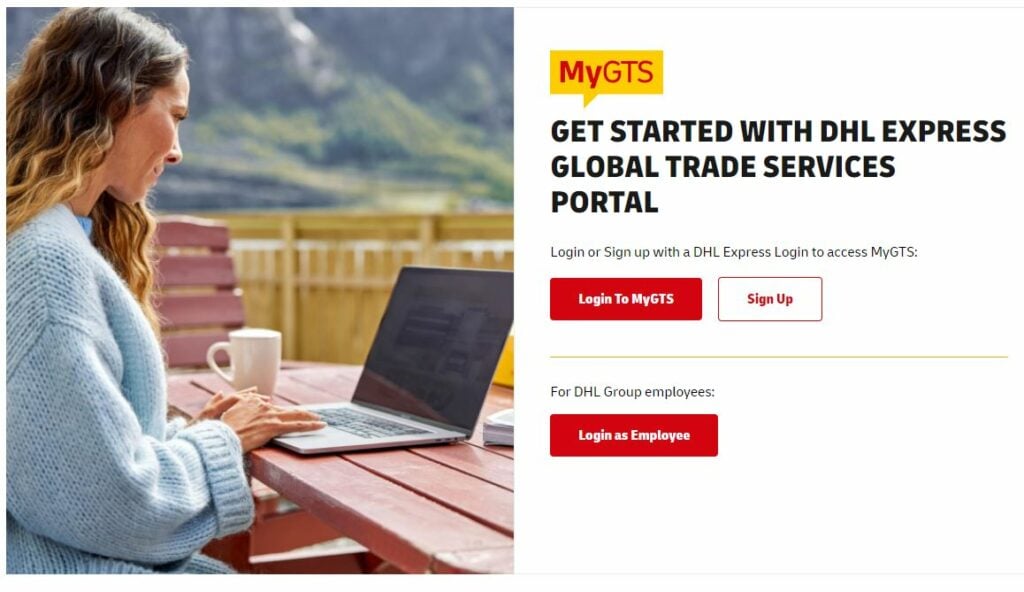
5 customs tips for cosmetics and personal care products

Covid-19 has shifted the way businesses operate and the way people purchase. For the beauty, cosmetics and personal care industries, hygiene and health protection products have become priorities.
According to research conducted by Euromonitor, consumer behavior and interest in beauty and cosmetic products will shift toward health and hygiene. In China, the rise of interest in such products has led to local skincare brands such as Inoherb and Chano to release sanitizing products, and many others to look at including ingredients with health benefits into their product lines.
Also, with restrictions on travel and movement in most countries hit by the pandemic, many consumers have become reliant on e-commerce to purchase their goods. E-commerce is already one of the largest sales channels for beauty and personal care products in China, accounting for 30 percent of retail sales value for skincare, and 38 percent for color cosmetics in 2019.
Manufacturers and traders for such products found great demand in health, grooming and hygiene products after the Covid-19 pandemic began.
Elsewhere in Indochina, the first month of the Covid-19 outbreak also saw double-digit growth in Vietnam’s personal care market, with skincare and personal hygiene products popular, according to a report by CosmeticsDesign-Asia.
Vietnam’s personal care market has already been increasing substantially in recent years, due to the growing affluence of the middle class. The Vietnamese government also announced an e-commerce development strategy on May 18, and expects more than half of its 96m population to shop online by 2025.
Herbert Vongpusanachai, Managing Director for DHL Express Thailand and Head of Indochina said: “Even though the Thai Cosmetic Manufacturers Association recently reported that beauty and cosmetics exports dropped 5.7 percent in the first quarter this year, there are still many signs that this industry is relatively resilient.
“Consumers across the globe are showing that they still find comfort in the simple pleasures for self-care treatment at home. The demand for personal care items is still expected to grow, and it is vital for brands to take advantage of cross border e-commerce actively, especially for countries moving away from Covid-19 restrictions, like China, South Korea, Japan and CLMV (Cambodia, Laos, Myanmar, and Vietnam).”
However, the Covid-19 pandemic has also led to delivery delays, sometimes caused by confusion about complex and changing national customs requirements, as well as recurring problems with border clearance documentation for importers and exporters of these products. Here are 5 tips to ensure your deliveries get through customs delay-free.
1. Look before you leap. Understand all your target market’s rules and regulations before sending your first shipment
Make sure you understand all the local market’s rules and regulations before you consider sending your first shipment. Otherwise, you might end up with unexpected licensing costs, delays to your customers, or even having your shipments turned back at the border.
For example, the consumer and regulatory environment for selling cosmetics online in China is quite different from retail.
China’s Ministry of Commerce has developed a set of guidelines for “Cross-Border E-Commerce” (CBEC), which stipulates the categories of cosmetic products allowed for import into the country.
These products are allowed to be sold on local third-party e-commerce platforms such as Tmall Global, Kaola and JD Worldwide. Products sold under these guidelines are regarded as personal goods and are thus given expedited custom clearance, as well as avoiding trade-related regulatory requirements, such as animal testing, which helps facilitate market access.
Simplified shipping with DHL’s myGTS
Simplified shipping with DHL’s myGTS
We support your business in reaching new markets around the world. DHL Express’ free online portal, Global Trade Services (MyGTS) makes it easy for you to research customs and regulatory information for stress-free customs clearance.
Get all the information available online on possible export & import restrictions, customs duties & taxes, goods tariff numbers / HS Codes and necessary customs documents as downloads.
Additionally, if you are a DHL Express account holder, you can also avail complementary services such as Product Catalog Classification for identifying the right tariff codes for your product portfolio and Product Master File solutions for calculating and staying updated on the applicable duties and taxes on your products.
2. Let local customs authorities help you
Most Asia Pacific countries offer free government advisory services for small and mid-size enterprises (SMEs), which face increasingly complex regulations throughout the country.
Even once a product has entered a country, it may be subject to regulations from a range of sources. Taking advantage of freely available policy advice, you can stay fully compliant and maintain a level footing with far larger competitors.
3. Use end-to-end logistics services for B2C exports. Work with a door-to-door logistics provider for greater simplicity
When exporting direct to consumers in other countries, SMEs will usually adopt a model that is known as “Duty and Tax Paid on Import”.
Thus, the SME is responsible for all customs compliance in the country they are exporting to, rather than the consumer.
However, this usually means that the SME has to deal with a range of different agents to handle duties, taxes, and other customs clearance procedures.
Working with a single door-to-door agent simplifies matters if a dispute or challenge occurs at any stage of the process.
4. Consider a B2B sales model: Selling to local distributors can help boost higher volume and market shares
Many of the customs hassles associated with B2C models can be avoided by exporting to a local distributor.
Distributors can typically provide more industry-specific advice than authorities may be able to. Distributors also help SMEs to take advantage of existing processes that can speed up and streamline entry into new markets.
While this may mean lower profit margins, it enables SMEs to confidently ship in higher volumes and build market share.
5. Don’t be afraid to go big
With a working knowledge of the customs and regulations specific to their products, SMEs can expand faster than ever before into new territory.
Develop a baseline understanding of what customs will require of you, work with your logistics provider to fill the gaps, and focus on getting the process right before you start making promises to consumers.
The same fundamental lessons can be applied to any country, making regional and global expansion surprisingly fast and simple for SMEs.
ALSO WORTH READING













 English
English